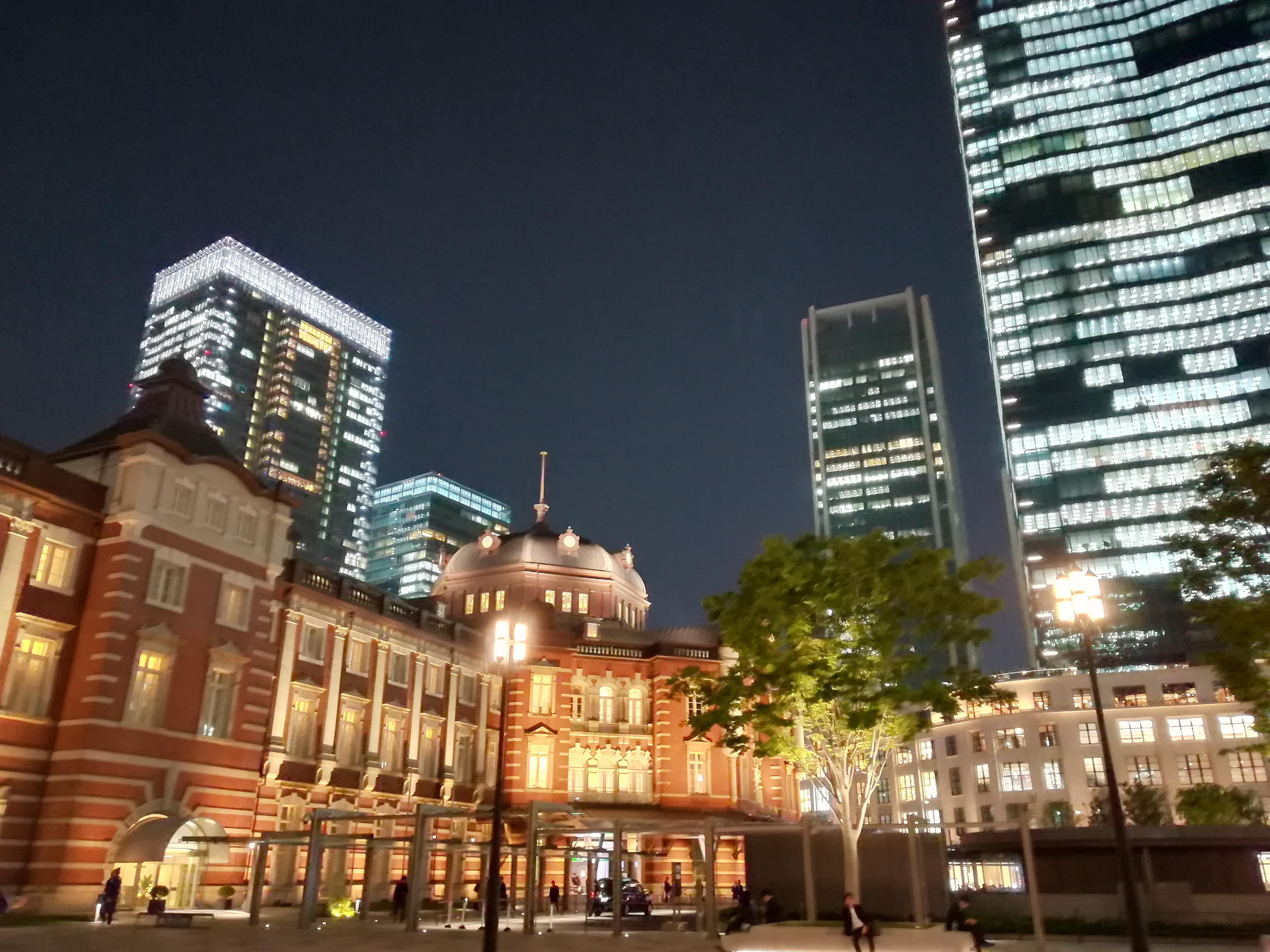It’s hard to change trains in the huge Tokyo station. Some homes take time such as the Shinkansen and Keiyo Line. This is a summary of the strategies that will not get lost even at the first Tokyo Station.
Tokyo station too big
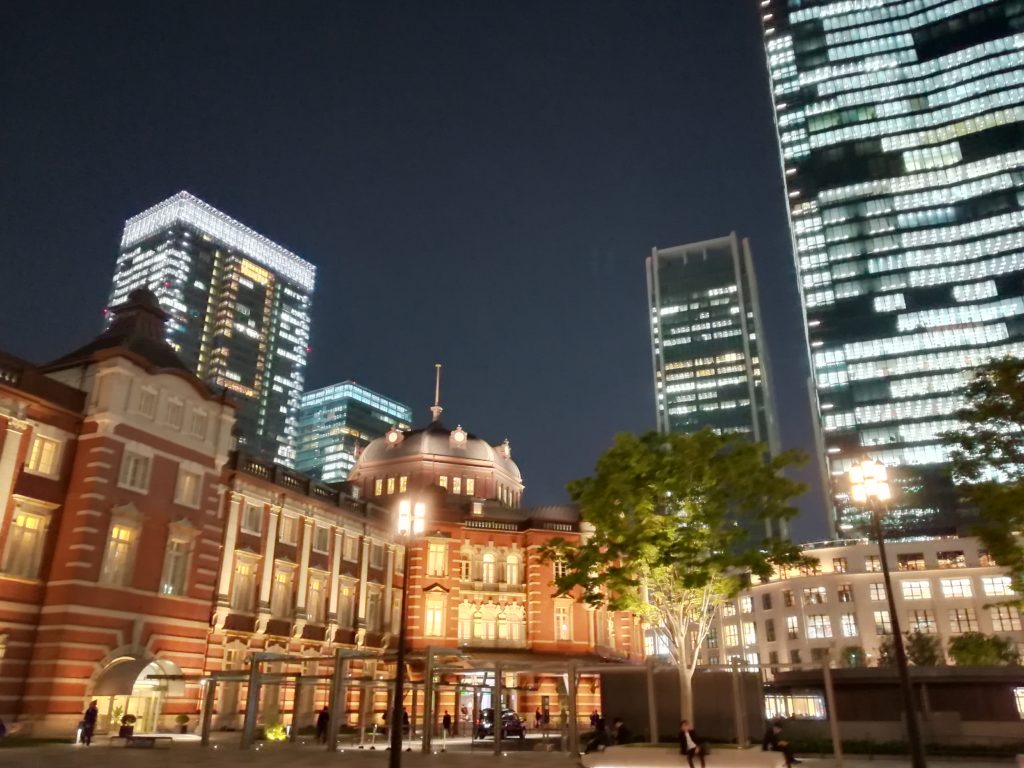
Tokyo Station, the starting point of the Shinkansen, is the gateway to Tokyo with the most platforms in Japan.
The whole picture is very large and the floor plan is very complex.
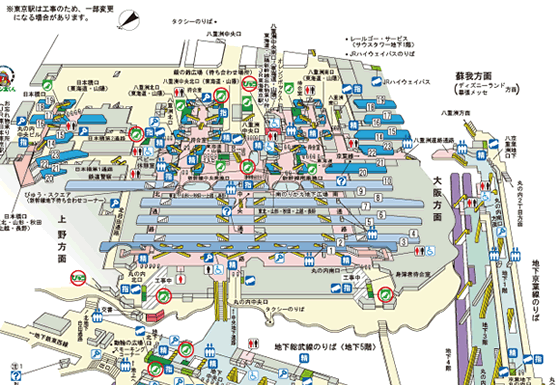
Source: JR East: Station map (Tokyo Station)
It is very difficult to change trains in the labyrinth.
Therefore, we will capture the easy-to-understand floor plan at Tokyo Station for the first time, and how to transfer without getting lost.
Easy-to-understand Tokyo Station map
Tokyo Station is in the form of a station where JR Shinkansen and conventional line platforms are lined up.
The “Marunouchi Exit” with its distinctive station building is on the west side.
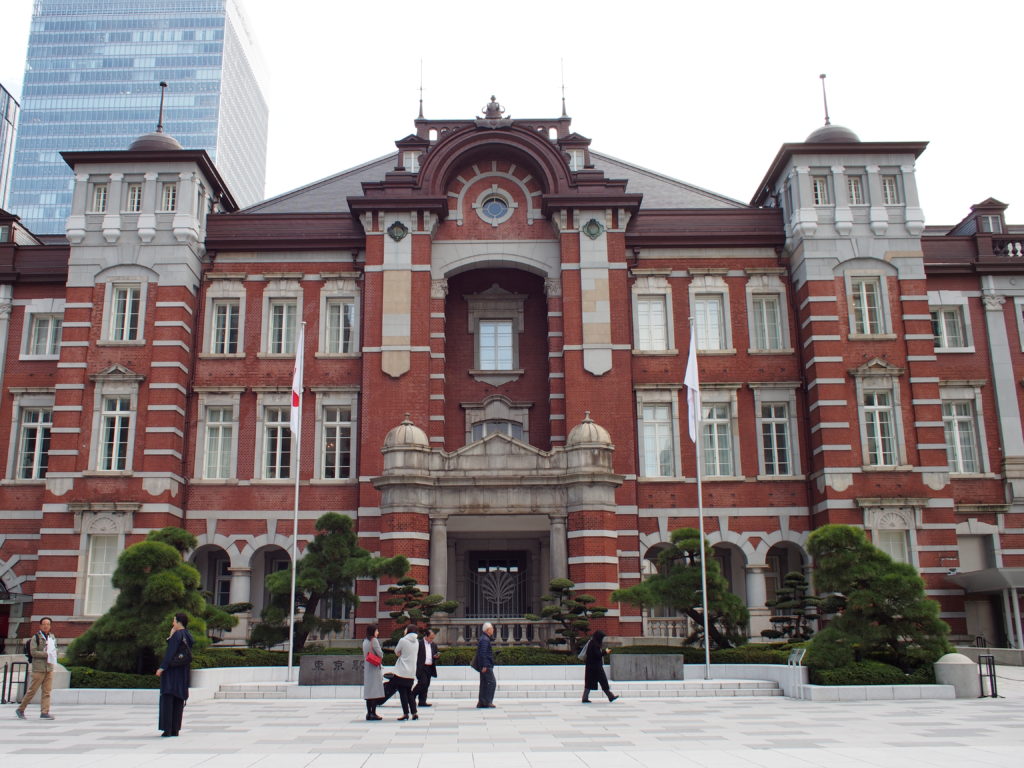
Shinkansen Yaesu Exit is on the east side.
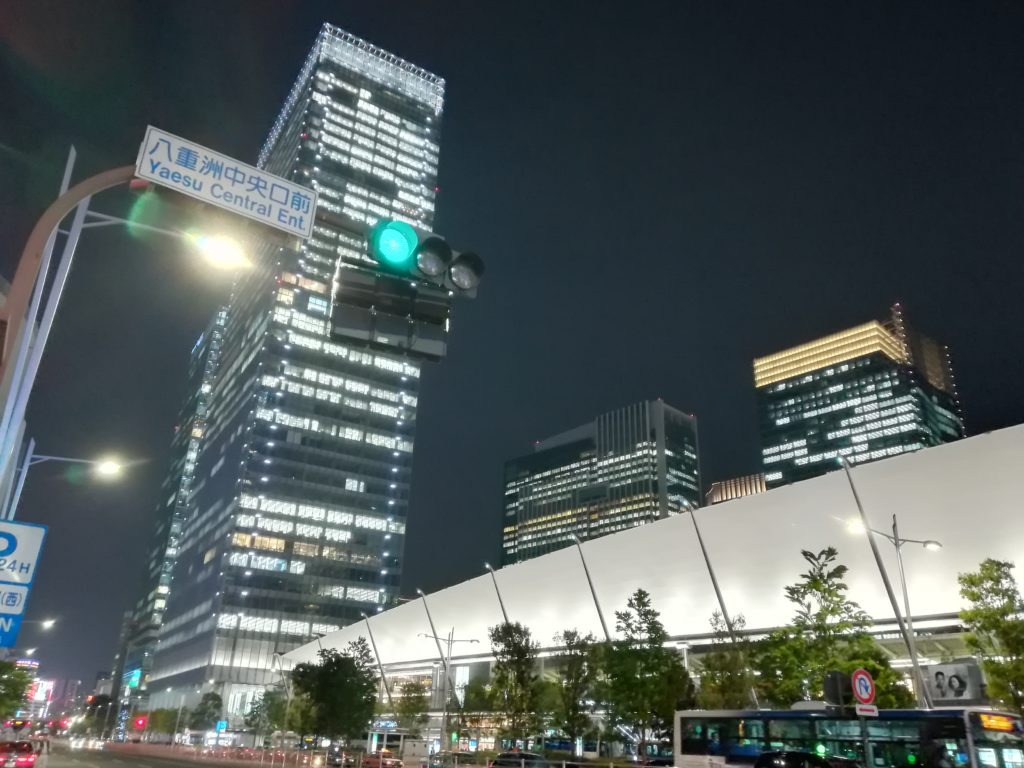
On the other hand, if you look at the hierarchy, it is divided into 3 floors.
A distinctive feature is the basement home. The Keiyo Line, which is convenient for going to Disneyland, and the Sobu Line pass through, but these homes are very deep in the ground and away from other homes. It takes time to transfer, so be careful.
Tokyo Metro Marunouchi Line is also a subway station, and is connected to Otemachi Station and Yurakucho Station via an underground passage.
It ’s important to know the overall floor plan so you do n’t get lost. Let’s take a look at each transfer.
Shinkansen transfer
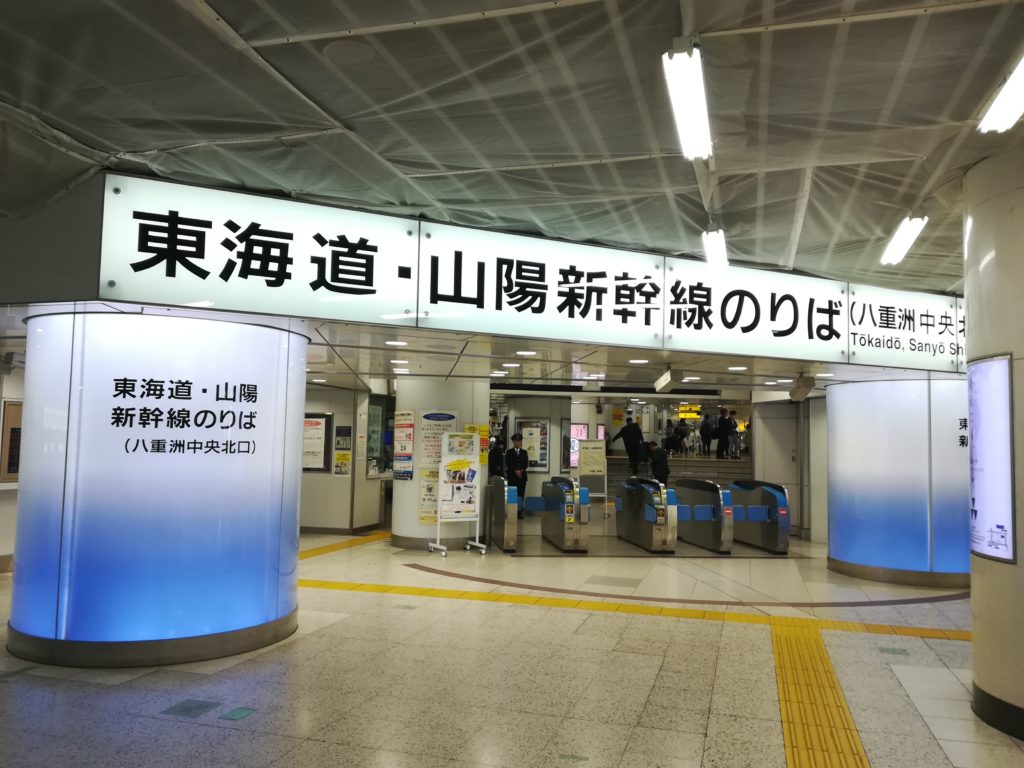
The Shinkansen area of Tokyo Station is on the Yaesu Exit side.
Located on the west side of Tokyo Station, there are stops for Tokaido / Sanyo Shinkansen and for Tohoku / Joetsu / Hokuriku Shinkansen.
Note that each Shinkansen with different JR companies has different ticket gates.
Tohoku, Yamagata, Akita, Hokkaido, Joetsu, Hokuriku Shinkansen → JR East
Transfer between Shinkansen and conventional lines
Transfers between Shinkansen and conventional lines are not difficult because the platforms at Tokyo Station are lined up in parallel.
There is a transfer ticket gate, so if you aim for this, it will be easy to understand.
Although it is a huge Tokyo station, the Shinkansen and conventional lines are not so difficult and you will not get lost.
On the other hand, it takes some time to transfer because of its size. Even if there is no need to purchase a ticket, it is at least 5 minutes. If it is a Chuo Line platform far from the Shinkansen platform, it is better to estimate it for about 15 minutes.
Transfer of Keiyo Line
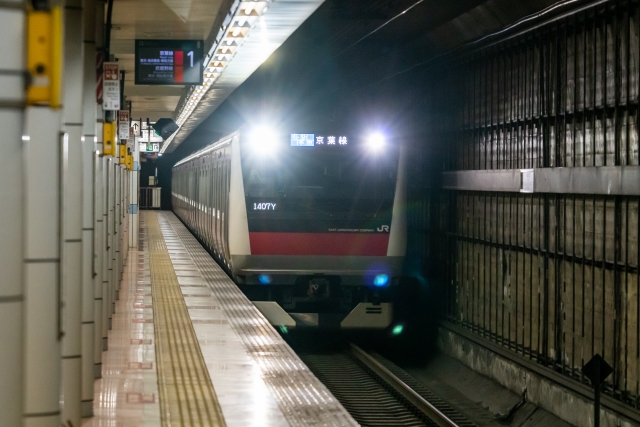
The Keiyo Line is particularly time consuming to transfer at Tokyo Station.
There is a platform deep underground in Tokyo Station, and it is necessary to travel long distances using escalators and walking walkways.
We recommend that you estimate at least 20 minutes for a transfer, and allow extra time.
Keiyo Line Home Location
The Keiyo Line platform is on the south side of Tokyo Station.
There is a commercial area called “Keiyo Street” in the concourse, but it is beyond that.
Go to Keiyo Street as a landmark, and walk past the pedestrian walkway and escalator.
You don’t get lost because you only have to go straight, but be prepared to use your time and physical strength to transfer.
Transfer between Sobu Line and Yokosuka Line
The home of the Sobu Main Line and Yokosuka Line is deep underground like the Keiyo Line.
If you head to Chiba’s Sotobo Uchibo or Yokosuka, there are many limited express trains that are easy to use for leisure.
Location of underground platforms on the Sobu Main Line and Yokosuka Line
There is a home under the central entrance of Marunouchi.
You can also go from Gransta on the basement, not far away from the platform on the Keiyo Line, and not much time.
Anyway, if you know that it is under the Marunouchi Central Exit, you can get there without hesitation.
Marunouchi Line and Subway Station
It is no exaggeration to say that Tokyo Station is almost a JR station, and there is no connection with private railway lines or subway stations like other huge terminal stations in Tokyo.
There is only one Tokyo Metro Marunouchi Line “Tokyo Station” on the basement inside the circle. Or you can transfer to subway stations such as “Otemachi Station” or “Yurakucho Station” via underground passages.
There is an underground passage around Tokyo Station that stretches like a net, so you can go to the next station without going outside.
It is difficult to understand because the station names are different, but if you know that you will be transferring to these stations, you can expand your travel options.
Meeting place with Gransta
Another major feature of the huge Tokyo Station is that there are many commercial facilities.
Commercial facilities in Tokyo Station
There are many shops, both inside and outside the ticket gates, and it is no exaggeration to say that the entire Tokyo Station is one big commercial facility.
A typical example is Gransta in the concourse in the ticket gate.
This is an Ekinaka at Tokyo Station where you can eat, drink and shop without leaving the ticket gate and are always busy.
There are many shops for ekiben, but there are also other souvenirs and popular pastry shops that represent Tokyo. You can also enjoy many Ekinaka gourmet dishes.
Please drop in before and after the Shinkansen departure.
Meeting place “Silver bell”
There is also a “Gin no Suzu” that has long been a popular meeting point at Tokyo Station.
I still look at people’s traffic. Tokyo Station will continue to generate a lot of people as a station connecting Japan and Tokyo.
